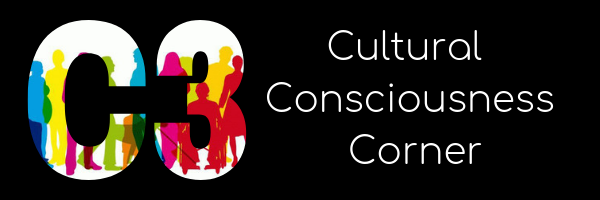Positive Racial, Multi-Racial, Multiethnic, & Multi-Heritage Identity
By Diversity Solutions Group
Should we discuss race with young children?
Talking about race with children can be difficult. They often are more observant and inquisitive than we expect, which means they can sometimes ask us questions that are difficult to answer. For some educators, there is an instinct to avoid the uncomfortable and change the subject. Overwhelming research shows that when parents and teachers start having conversations about race and racial identity with children — even when they’re as young as 3-years-old — those children go on to do better in school, and that some children do poorly in school because of negative identities they develop about themselves. Children as young as 5 years old are able to have race-based biases, making it vital for parents and teachers to include them in positive conversations about race. Conversations about racial differences, racial inequality and self-esteem can lower the levels of bias in young children.
What causes a poor racial identity in children?
Adults in children’s lives (parents, care givers, teachers, extended family members, spiritual leaders, etc.) not to mention the uncontrollable influences of media, the greater public and intangibles too numerous and nuanced to list, intentionally or unintentionally send messages to children about race and meanings associated with being part of a racial or cultural group. There are countless subtle things and messages in our society that are constantly working in opposition to children of color developing a positive racial identity.
When adults are silent about race or use “colorblind” rhetoric, they are actually reinforcing racial prejudice in children. Starting at a very young age, children see patterns — who seems to live where; what kinds of homes they see as they ride or walk through different neighborhoods; who is the most desirable character in the movies they watch; who seems to have particular jobs or roles at the doctor’s office, at school, at the grocery store; and so on — and try to assign “rules” to explain what they see. Adults’ silence about these patterns and the structural racism that causes them, combined with the false but pervasive “American Dream” narrative that everyone can achieve anything they want through hard work, results in children concluding that the patterns they see “must have been caused by meaningful inherent differences between groups”. In other words, young children infer that the racial inequities they see are natural and justified.
What’s more, adult behavior — for example, saying “That’s not nice” or “We don’t talk about people,” when a child asks a question about someone’s skin color — often teaches children that they are never supposed to talk about race, leaving them to draw conclusions on their own. So, despite good intentions, when we fail to talk openly with our children about race and racial inequity in our society, we are in fact contributing to the development of their racial biases, which studies show are in place by ages 3-5.
So, what should you do? Check out these suggestions!
Additional Resource: https://www.racepride.pitt.edu/teachers-corner/
